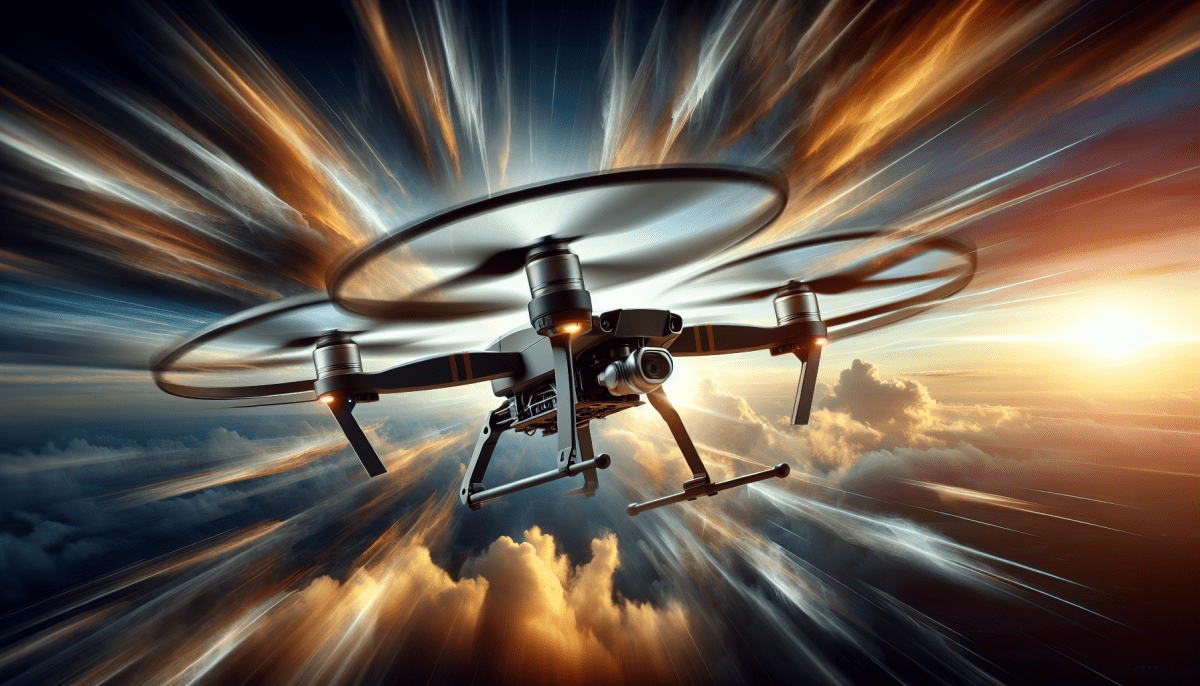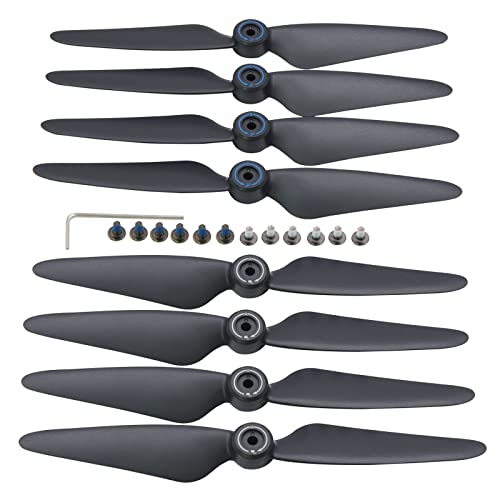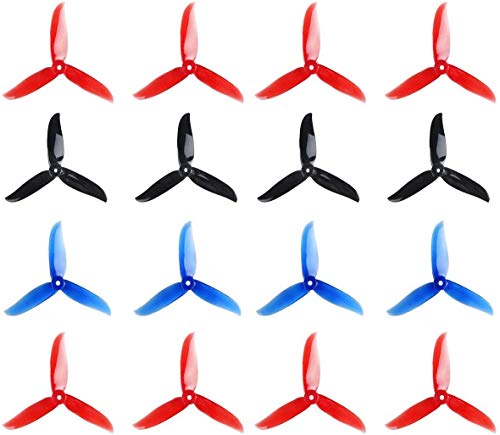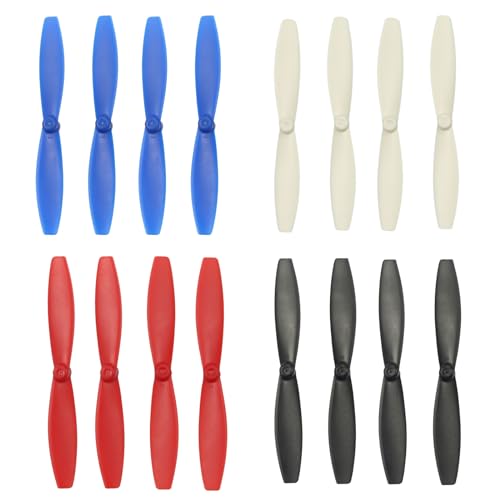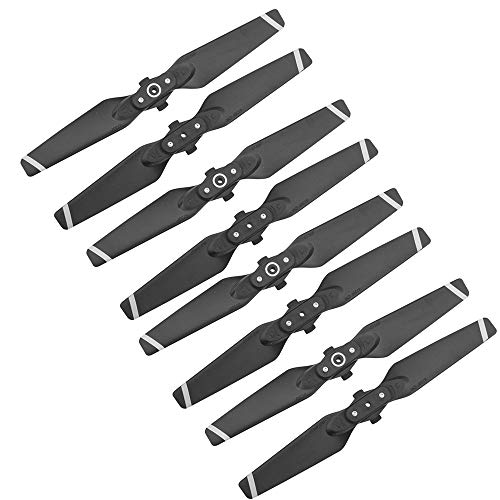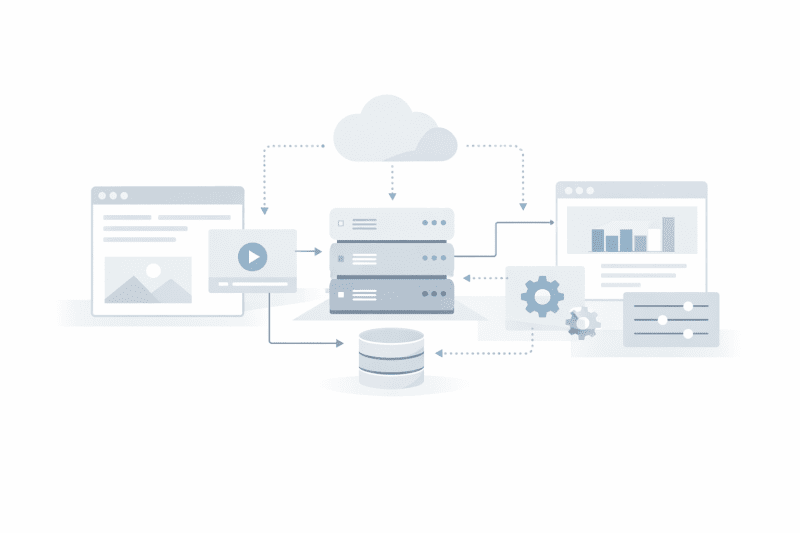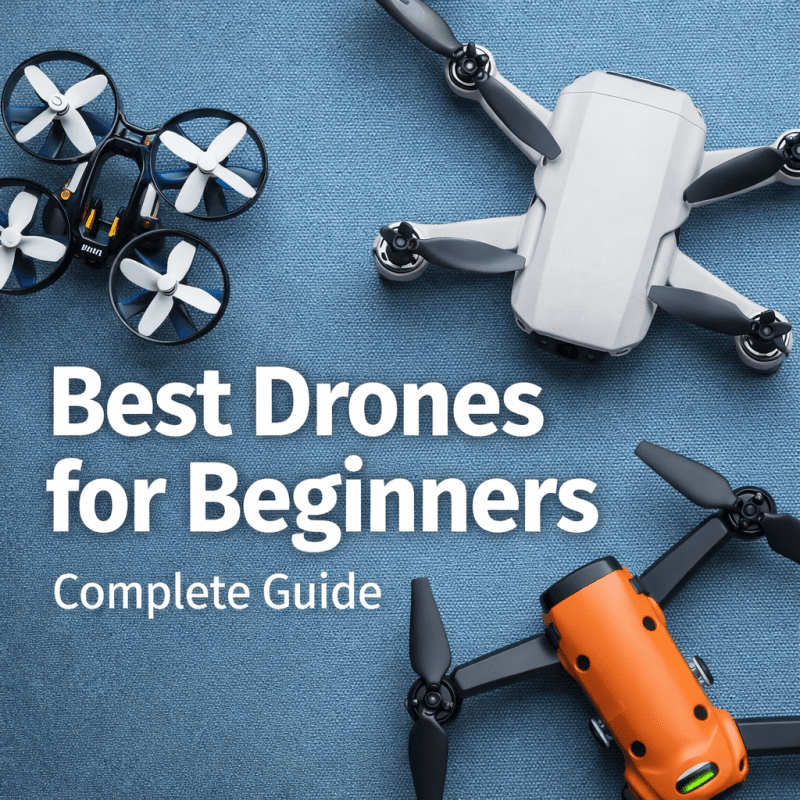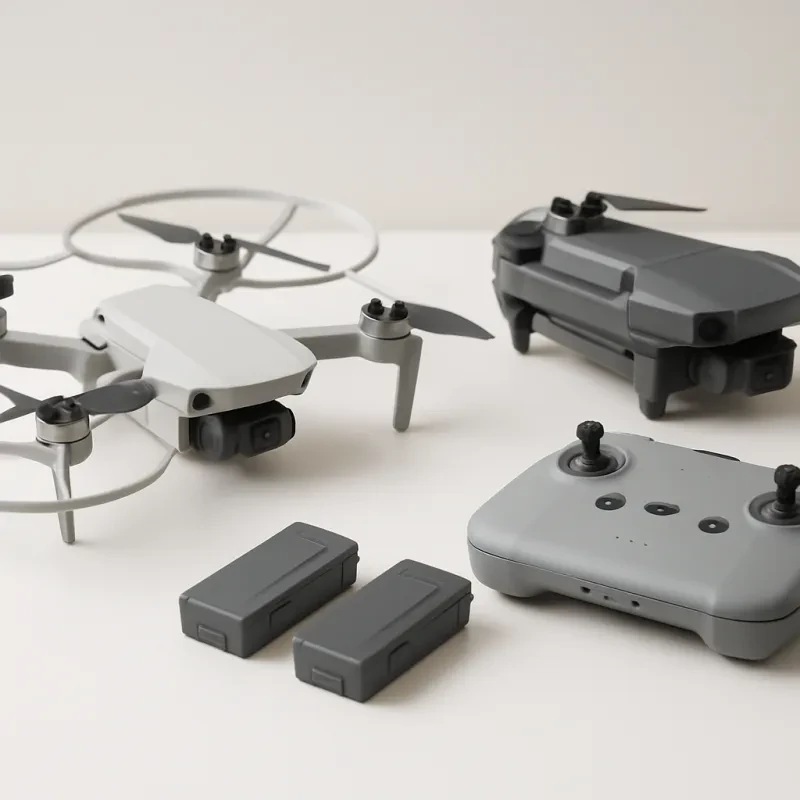The Importance of Drone Propellers: A Guide to Choosing the Right Ones for Your UAV
Drone propellers are one of the most essential components of an unmanned aerial vehicle (UAV). Without them, your drone wouldn't be able to lift off the ground or fly through the air. The type of propeller you choose for your drone can have a significant impact on its performance, stability, and efficiency. In this article, we'll explore the importance of drone propellers and provide a guide to help you choose the right ones for your UAV.
The Basics of Drone Propellers
A drone propeller is a rotating blade that creates thrust and lift to propel the drone through the air. The propeller is connected to a motor that spins it rapidly, creating the necessary lift to keep the drone airborne. The shape, size, and material of the propeller can all affect the performance and efficiency of the drone.
The Importance of Choosing the Right Propellers
The propellers you choose for your drone can have a significant impact on its flight characteristics. Here are some of the key factors to consider when selecting your propellers:
- Size: The size of your drone's propellers will affect the amount of lift it can generate. Larger propellers can generate more lift, but they will also require more power to spin. Smaller propellers require less power but may not generate enough lift for larger drones.
- Pitch: The pitch of a propeller refers to the angle of its blades. A propeller with a higher pitch will create more thrust but will also require more power to spin. A lower pitch propeller will be easier to spin but will generate less thrust.
- Number of Blades: The number of blades on a propeller can affect the amount of thrust it generates. More blades can provide greater stability but may also require more power to spin.
- Material: The material of the propeller can affect its durability, weight, and efficiency. Common materials for drone propellers include plastic, carbon fiber, and composite materials.
Considerations for Different Types of Drones
When selecting propellers for your drone, it's important to consider the specific type of drone you have. Here are some factors to consider based on the type of drone:
- Quadcopters: Quadcopters require four propellers to operate. It's important to select propellers that are balanced and matched in terms of size, pitch, and material.
- Octocopters: Octocopters require eight propellers and will require more power to operate compared to a quadcopter. It's important to select propellers with a higher pitch and larger size for these types of drones.
- Racing Drones: Racing drones require propellers that can generate high speeds and maneuverability. It's important to select lightweight propellers with a high pitch for racing drones.
- Cargo Drones: Cargo drones require large propellers that can generate significant lift to carry heavy payloads. It's important to select propellers with a large size and high pitch for cargo drones.
Conclusion
Drone propellers are an essential component of any UAV and selecting the right ones can have a significant impact on its performance, stability, and efficiency. When selecting drone propellers, consider factors such as size, pitch, number of blades, and material. Additionally, be sure to consider the specific type of drone you have to ensure that you select the propellers most suited for its use. With these factors in mind, you'll be able to choose the right propellers to keep your drone flying smoothly.
Understanding the Different Types of Drone Propellers: A Comprehensive Overview
Understanding the Different Types of Drone Propellers: A Comprehensive Overview
Drone technology has revolutionized several industries including agriculture, photography, and security, among others. Although the design of a drone is critical, the propellers play a vital role in determining the performance and efficiency of a drone. Propellers are one of the most critical components of a drone. They ensure that the drone stays aloft and moves smoothly in the air. This article explains the different types of drone propellers that are available in the market.
The shape of the blade determines how the drone performs. There are two primary categories of blade shape:
- Quadcopter/Quad Blades: This type of blade has four blades and offers excellent stability in the air, especially in low-speed flight. They also have a wider range of rotation, which helps them to hover in place with ease. They are ideal for aerial photography.
- Tri-Blades: These blades have three blades and offer better acceleration and top speed compared to quadcopter blades. They are also known for their agility and are perfect for racing drones.
2. Size of the Propeller
The size of the propeller determines how much lift the drone can produce. The larger the propeller, the more lift the drone will produce. However, larger propellers require more power to rotate and may reduce the flight time of the drone. The most common sizes for drone propellers are 5 inches, 6 inches, and 7 inches.
3. Material Used
The material used in making drone propellers impacts their performance, durability, and weight. The following are the most common materials used to make drone propellers:
- Plastic: This material is the most commonly used in making drone propellers. It is relatively cheap and lightweight. However, it is not durable, and the propeller's shape can deform if exposed to high temperatures or crashes.
- Carbon Fiber: These propellers are lighter and more durable than plastic propellers. They can withstand high temperatures, resistant to damage, and are ideal for high-performance drones such as racing drones. However, they are more expensive than plastic propellers.
- Wood: These propellers offer excellent rigidity and are ideal for fixed-wing drones. They are also environmentally friendly. However, they are not durable and can splinter or crack if exposed to stress.
In conclusion, drone propellers play an essential role in determining the performance and efficiency of a drone. Choosing the right propeller can make a significant difference in the drone's performance, especially in different flight scenarios. Therefore, understanding the different types of drone propellers and choosing the right one is crucial in achieving optimal drone performance.
How to Properly Maintain and Replace Your Drone Propellers for Optimal Performance
Drone propellers are a crucial component of any drone, as they are responsible for generating the lift and thrust needed for flight. Despite their importance, many drone owners overlook the maintenance and replacement of these crucial parts. Here are some tips on how to properly maintain and replace your drone propellers for optimal performance:
Maintaining Your Drone Propellers
Regular maintenance of your drone propellers is essential to ensure they are in good condition and working optimally. Here are some maintenance tips you should follow:
Inspecting the Propellers: Inspecting your drone propellers before and after every flight is imperative. Look for any signs of damage, cracks, chips or deformities. Any damage should be immediately addressed or the affected propeller should be replaced. Cleanliness: Keeping your propellers clean is an important aspect in ensuring a long life. Clean them regularly using a soft cloth or brush, and avoid using any harsh chemicals or abrasive materials. Balancing: When you receive new propellers, they might not be well-balanced. Balancing your propellers is important, as unbalanced propellers can cause vibrations which can negatively impact the drone's performance. You can use a propeller balancing tool and sandpaper to balance them.
Replacing Your Drone Propellers
While maintaining your propellers can help ensure their longevity, eventually they will need to be replaced. Here are some tips on how to replace your drone propellers:
Choosing the Right Propellers: When you are looking to replace your drone propellers, it is important that you choose the right ones. Check your drone manufacturer's manual or website for specifications, and ensure that the propellers you choose are compatible with your drone. Replacing the Propellers: Always follow the manufacturer's instructions when replacing your drone propellers. Make sure the drone is turned off, remove the damaged propeller carefully, and install the new one in its place. Test Flight: After replacing your drone's propellers, it is important to conduct a test flight to ensure they are working properly. Observe the performance and handle of your drone carefully during the test flight.
In conclusion, maintaining and replacing drone propellers is an important aspect of owning and operating a drone. By following these tips, you can ensure that your drone's propellers are in optimal condition, and your drone can perform to the best of its ability.
Lightweight Black and Silver Drone Propellers - 8 Pcs
Enhance your drone's performance and style with these high-quality, durable propellers designed for exceptional flight efficiency
Product information
$11.29 $10.00
Product Review Score
4.55 out of 5 stars
29 reviews